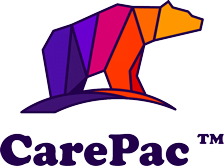No products in the cart.
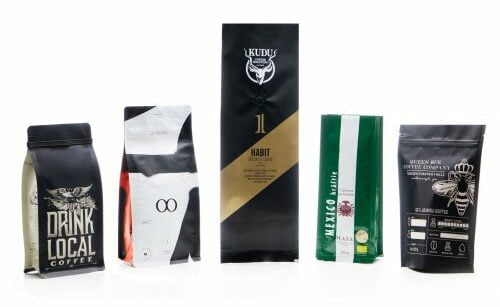
Product packaging does more than just protect your products; it also says a lot about your brand. Keep in mind that this is the first interaction that customers have with your products, and if your labels don't make a good first impression, you'll probably lose them!
Consumer behavior has significantly changed, and they no longer engage with a brand in the stores before buying. Studies also show that customers only take about 20 seconds to decide whether or not they'll pick a product. Make this time count!
You may have a good product, but your customers don't know that. The only way you can pull them in is through unique and quality packaging. Here's where flexible barrier comes into play, specially at the food packaging industry. Check out our ultimate guide to barrier packaging below.
What Is Flexible Barrier Packaging?
You certainly have seen this food service packaging material everywhere!
Flexible barrier packaging is a part of modified atmosphere packaging (MAP). This is any packaging that modifies the atmosphere inside itself to preserve the goods.
A classic example would be canning, which started in wine bottles and was taken from watching monks make champagne. They began with a pasteurization process followed by maintaining a modified atmosphere in the jar to stop the champagne from going bad. Aluminum cans were the next invention and had a wide adoption rate. They are, however, being phased out and replaced by flexible barrier packages.
Flexible barrier packaging was born out of the space race as NASA looked for ways to cut out weight and maintain freshness. Some of the earliest products to use this packaging were MREs. As the name implies, the key difference between plastic bags and barrier packaging is the barrier.
Plastic bags do not have an enhanced barrier which is often made from combinations of plastic films laminated together for increased strength.
What Are the Most Common Used Materials?
Well known as food packaging resources but these films have nearly endless applications!
Due to the advancement of packaging technology, there are several flexible barrier films for you to choose from;
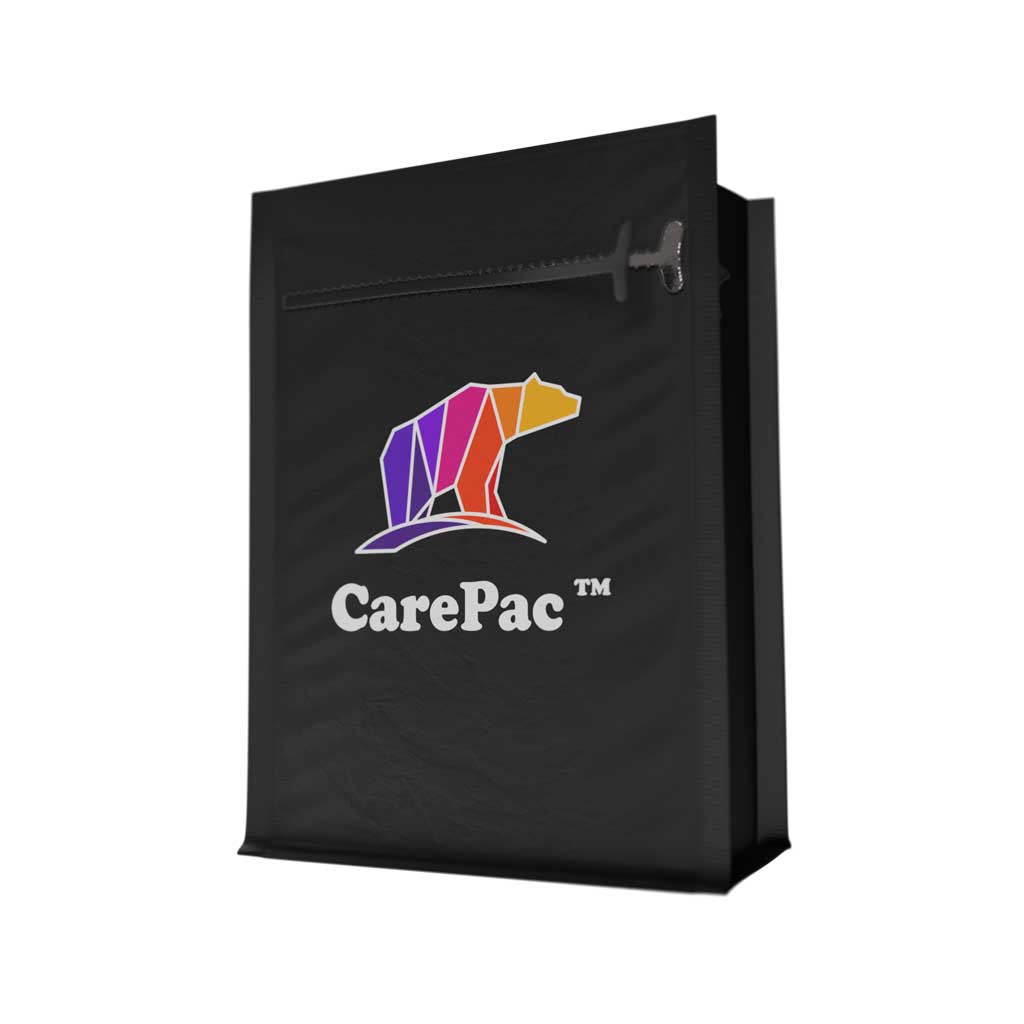
Polyesters (PET)
Polyester is highly preferred because it is effective and affordable. It's made from quality film that's perfect for packaging applications such as machine parts, food, or bags with view windows. Polyester also has a great weight to strength ratio and comes with its own barrier.
Its dimension stability is impressive and is usually heat and tear-resistant.
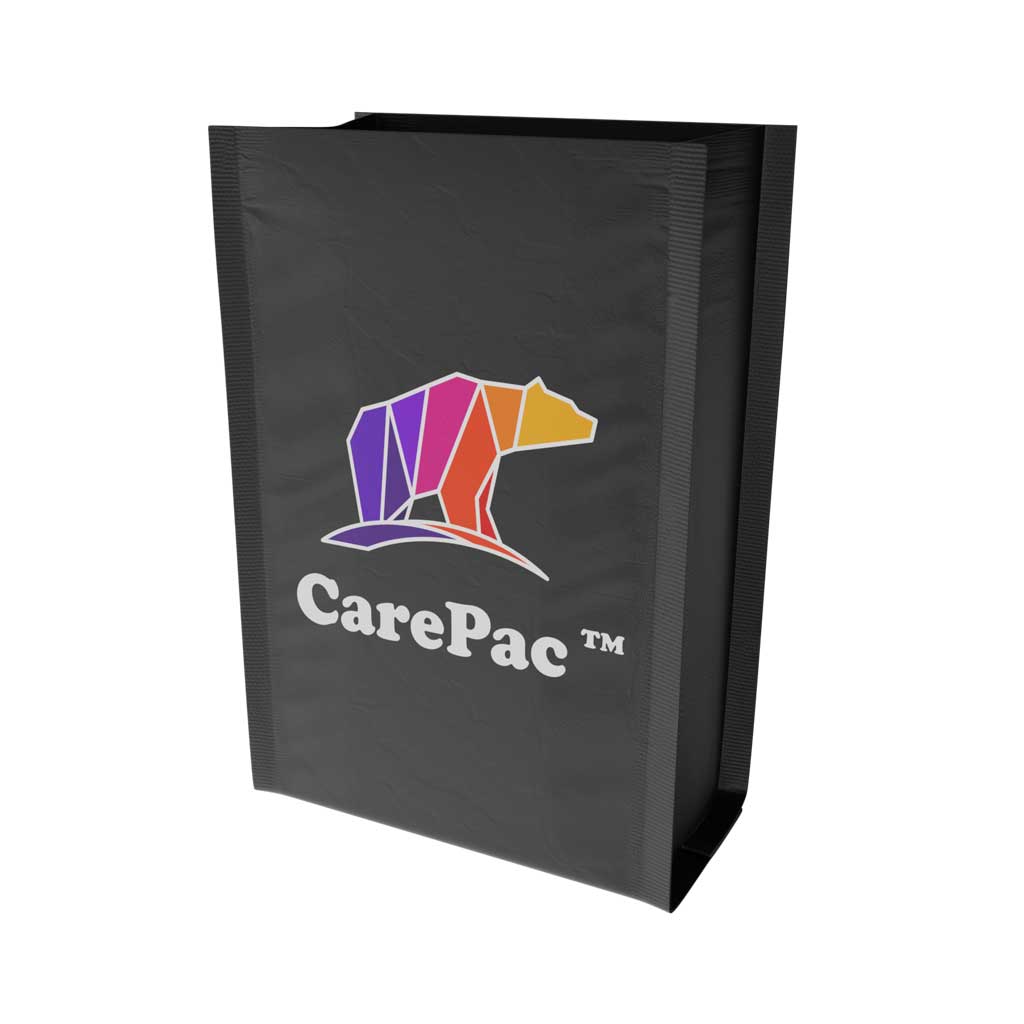
Metalized Barrier METPET / VMPET
Aluminum foil is often costly, so a metalized barrier was created as an affordable solution. They are made from coating polyester with a metalized vapor or thin metallic film to fortify the barrier and make the packaging surface reflective.
Nickel and Chromium are also options, but aluminum is the preferred metal for this type of barrier, used for multiple food packaging applications and even medical device packaging.
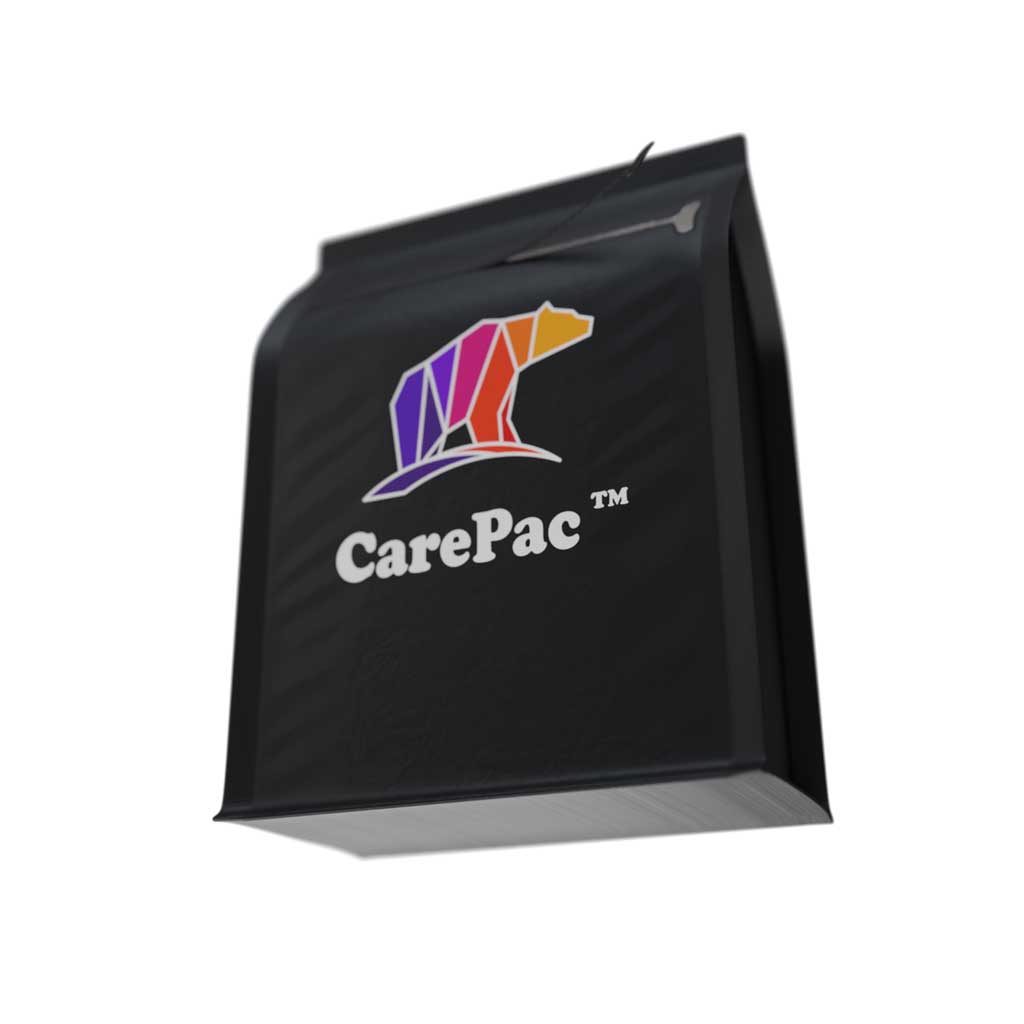
Aluminum Foil (AL) Combined with PET, MOPP, and PE
This type of flexible barrier packaging is used when maximum shelf life or barrier is required. When employed as part of a barrier lamination structure, Aluminum foil creates what is, in essence a flexible "aluminum can". Aluminum has a very high barrier to moisture and oxygen transmission which can be as low as .0006 grams/24h. This is a extremely low migration rate which creates an amazing barrier.
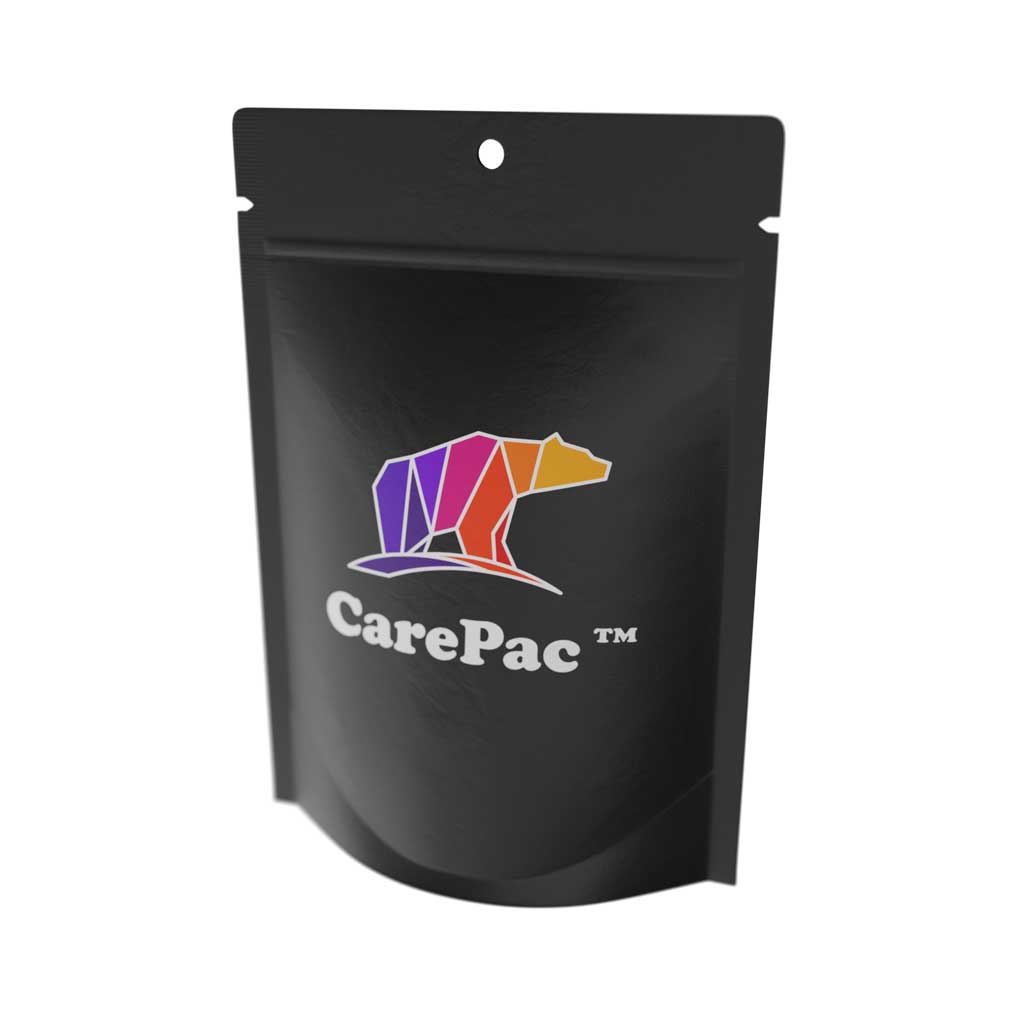
Nylon Laminations and Co-extrusions
Nylon laminations usually combine polyester or foil with nylon to enhance barrier strength, and bag strength so the bag does not break or rip. The lamination process is usually different depending on the product requirement. Nylon Co-extrusions are mainly used for vacuuming. Due to the co-extrusion, the film is able to stretch without breaking and conform to the shape of your products when vacuumed around them.

Polypropylenes
OPP, BOPP, MOPP, CPP are common barrier films which offer different performance characteristics than PET, PE, or a Metalized material. First OPP is generally lower in cost, and also can be used to create a matte lamination, making the bag matte. Last but not least Polypropylene when used as a cast material has a higher melting point than other plastic films commonly used for interior liners. This makes it possible to create bags that both heat seal but which can be exposed to temperatures above 100C for sterilization or boiling.

Polyethylene (LDPE, PE, LLDPE)
Polyethylene by itself is a weak barrier, even when used in high build or mil thicknesses. But when combined with other plastic films, Polyethylene helps bring it all together. PE is predominately used as the interior food safe and heat sealable layer, PE promotes elasticity and has a natural "stretch" to it. Polyethylene is non-reactive to most chemicals, and can withstand high acids and bases.
Factors to Consider When Deciding the Packaging Material to Use
Vapor and oxygen barrier packaging, tensile strength, UV light protection - there is a lot to consider at keeping your products safe and reducing food waste.
The type of flexible barrier packaging you choose ultimately depends on the product being packaged. Is it a fresh consumable? Does it have to be stored for extended periods of time? Do you want customers to view the product? Is is sensitive to oxygen? While other factors are still important, the product requirements still remain the key determining factor.
Other aspects you should consider while searching for food packaging resources include:
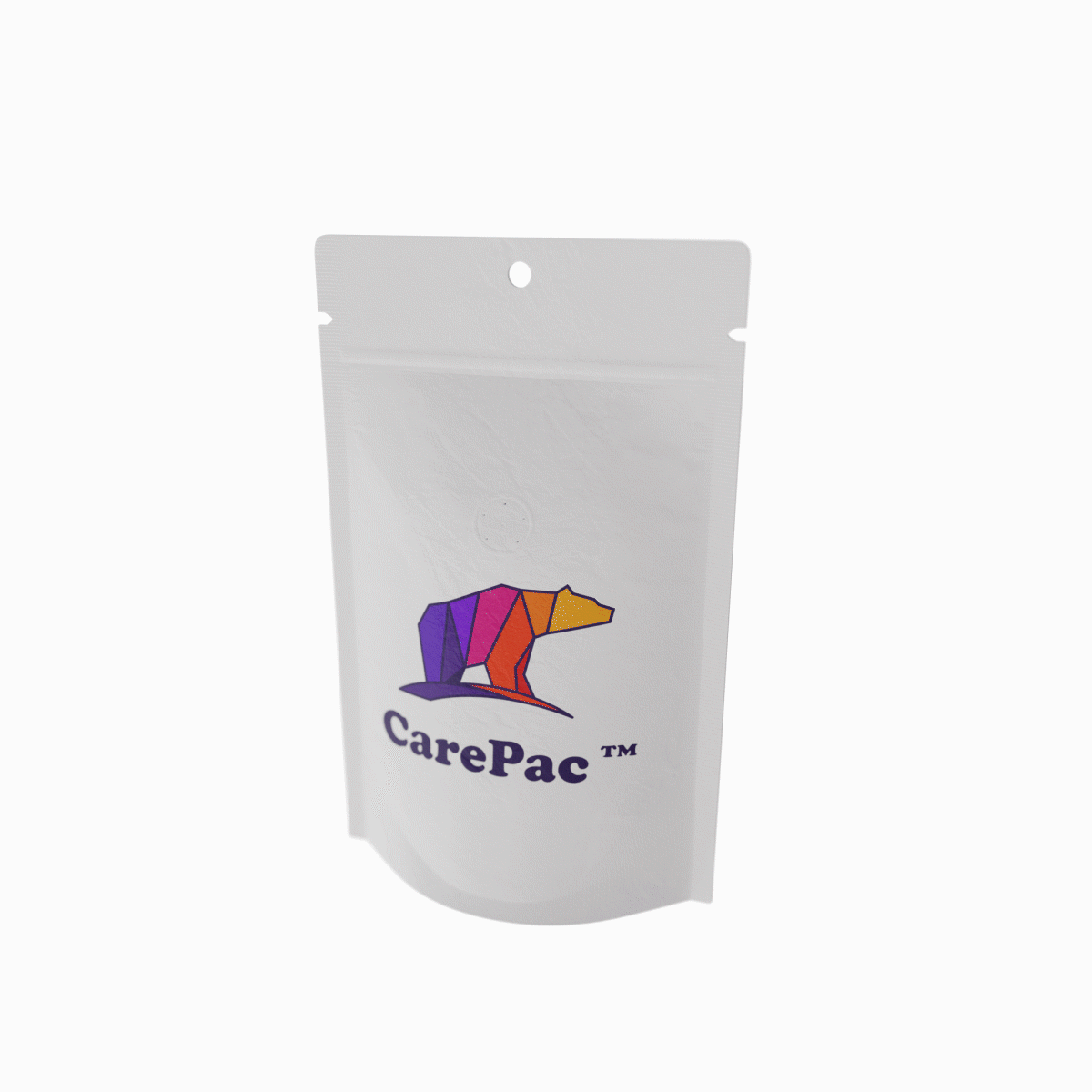
Estimated Product Shelf Life
If your products have a low shelf life, you should go for low or medium-barrier plastic film. This is because such products are usually low-value retail items that are consumed quickly, so your primary focus should be on economic packaging.
For products with a longer shelf life, high-barrier materials are the best option for packaging reducing food loss and waste of other products. They are very stable and will keep your products fresh for a long time.
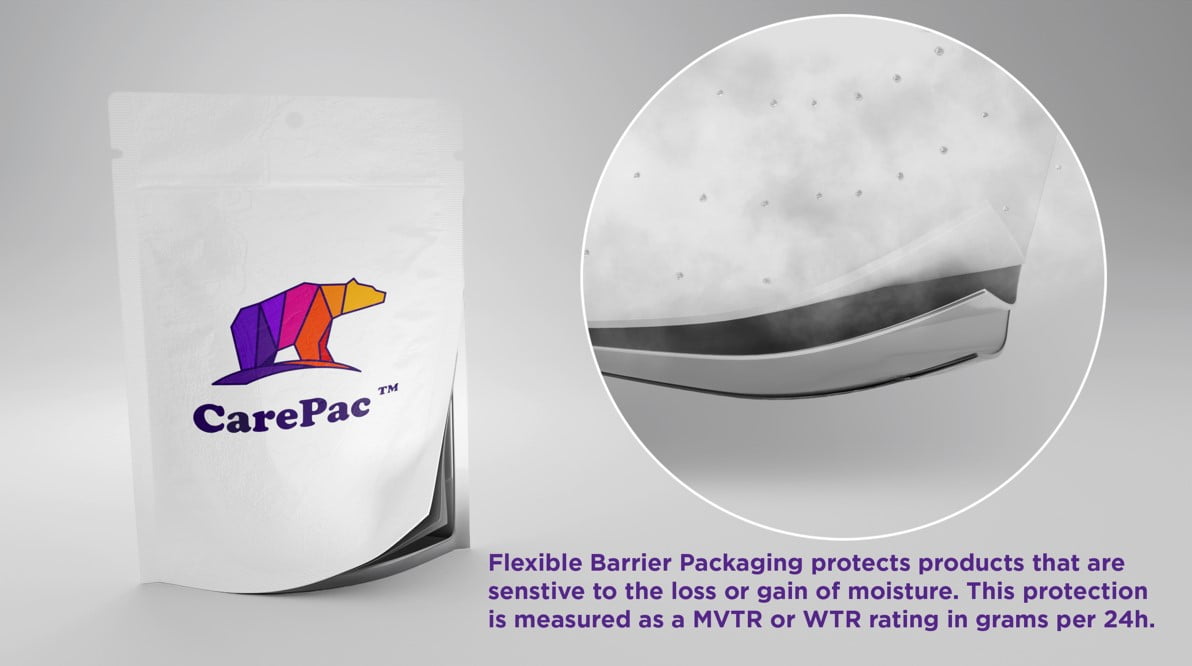

Sensitivity to Moisture
Some products like nutritional mixes and dry food ingredients are extremely sensitive to moisture and should be packaged in enhanced barrier plastic films. This includes high-density polyethylene and foil laminations that are effective in preventing moisture from getting into the bag.
Sensitivity to Oxygen
Products like chips change their taste and texture when exposed to oxygen and should be packaged in oxygen barrier packaging materials. They prevent oxygen transmissions inside the bag and extend the shelf life of your product.
Physical Capacity
The flexible barrier material used should be strong enough to hold your products. You should conduct a physical test to determine how well the packaging can protect your product against external elements such as light, dust, heat, and air.
Availability
The packaging material used should be easy to restock within short time frames after you place your order. Any delays in sourcing the packaging materials could also impact the production process and, ultimately, your sales. Enough reasons to make sure you have reliable supplier that provide automated packaging solutions.
Other factors you should consider include;
- Durability: the flexible barrier material should remain in good condition for long periods of time to maintain product freshness while reducing food waste.
- Price: you should go for a barrier packaging material that strikes the ideal balance between the set budget and your desired properties.
- Fitness of purpose: the properties of the material should be enough to serve your packaging needs.
Flexible Barrier Is the Way to Go!
We provide quality food service packaging that will make your business thrive.
Product packaging strongly influences a customer's buying decision. Studies have shown that consumers make over 70% of all buying decisions at the point of purchase, and the main aspect that determines whether they pick your product or walk away is your packaging.
Flexible barrier packaging comes in many forms and can be customized to meet your audience's needs. From medical device packaging to food service packaging, from cosmetics to alcoholic beverages - it is compatible with a wide range of products making it the go-to packaging solution for many manufacturers.
If you're not sure which packaging solutions your products need, we'd love to help you. Contact us today and get a 5% Price Match Guarantee.
Tags
